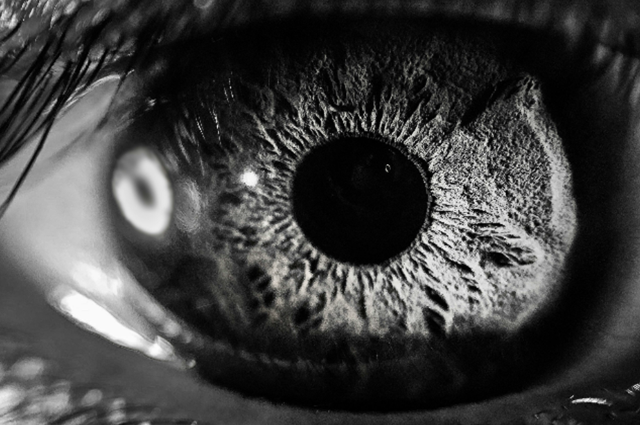
Perhaps the least accurately interpreted of the behaviors that society expects is maintaining eye contact. We've learned it is the universal language of confidence, being attracted to, and truth. Teachers require it from pupils, employers look for it in job interviews, and lovers seek it as evidence of a connection. However, this limited way of thinking does not consider the multilayered reality of why individuals may evade eye contact. In actuality, evasion of eye contact can be an effect of the most varied conditions, from cultural predisposition to wiring in the brain, none of which have anything to do with attraction or low self-esteem. By continuing to hold these old-fashioned clichés, we are likely to misinterpret what people are planning and generate undesired social burdens.

The Romantic Myth
Popular culture insists constantly that not looking a person in the eye is a sign of secret love. "If they can't meet your eye, they are likely to be interested," states a column on dating, and films depict stars batting their eyes away when they are in love. This myth persists even though there is conclusive evidence to suggest otherwise. Not looking someone in the eye is more about individuals' comfort zones than secret love.
This illusion has long-term effects. It compels individuals to abide by random standards and instills misplaced expectations in society. Two coworkers who instinctively shun eye contact may have their working relationship from office rumors about nonexistent romantic tension. Teenagers already living through conflicted social dynamics are subjected to even greater stress when they perceive each avoidance as a possible sign of love. This idealization of gaze behavior is a distraction from other, more significant predictors of connection and compatibility, unfairly stigmatizing those who are uncomfortable with steady gaze as somehow emotionally guarded.

The Confidence Fallacy
Education and working environments often equate eye contact to confidence and competence. Teachers remind students not to look away when responding to questions, and corporate trainers stress maintaining eye contact when presenting. This assumption overlooks basic differences in the way different people perceive social interaction. Many very competent people simply don't utilize eye contact as their signal for confidence.
University of Michigan research indicates that some individuals shun eye contact not because they are nervous, but because it enables them to focus more intently on complicated ideas. Students in classrooms tend to avert their eyes when thinking through good answers, not when they're unsure. The corporate world's focus on eye contact as a leadership quality also ignores cultural differences and neurodiversity. By demanding eye contact as the absolute proof of confidence, we might miss able people who convey confidence in other but no less valid ways.
The Real Reasons
Four main explanations account for avoidance of eye contact beyond shyness or attraction:
- Neurodivergence: Eye contact is distressing for many autistic people. A 2017 Cambridge University study identified that enforcing eye contact can hinder cognitive abilities in individuals with autism.
- Cultural Norms: In many Asian, African, and Indigenous cultures, not making eye contact is showing respect, especially towards authority. What Western cultures believe to be shyness could be purposeful politeness.
- Cognitive Processing: Others glance away in order to organize their thoughts more effectively. Psychologists refer to this as "visual thinking" - utilizing outer space to reorganize inner ideas.
- Personality differences: Introverts find constant eye contact distracting from their natural way of communicating.
Even the rate of eye contact differs widely across regions. While Americans usually make eye contact 50-60% of the time, Japanese communicators average only 30-40%, and both sets of behavior are effective in their respective cultures.

Conclusion
Whereas imposing uniformity is not the mark of communication competence, but rather understanding diversity is. And instead of evaluating others' confidence or emotions by their eye contact, we need to pay attention to the content of their speech and the quality of interaction. In a more neurodiverse and multicultural world, breaking free from the myth of eye contact is a significant move toward more inclusive and effective communication.
